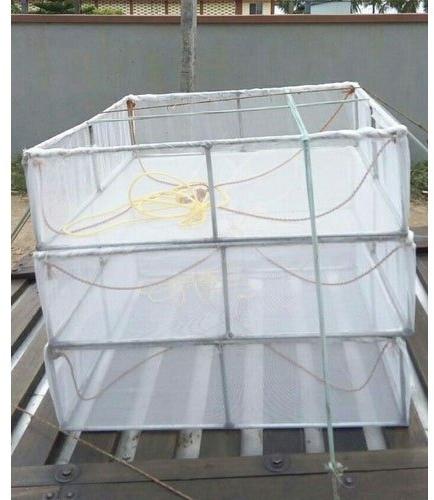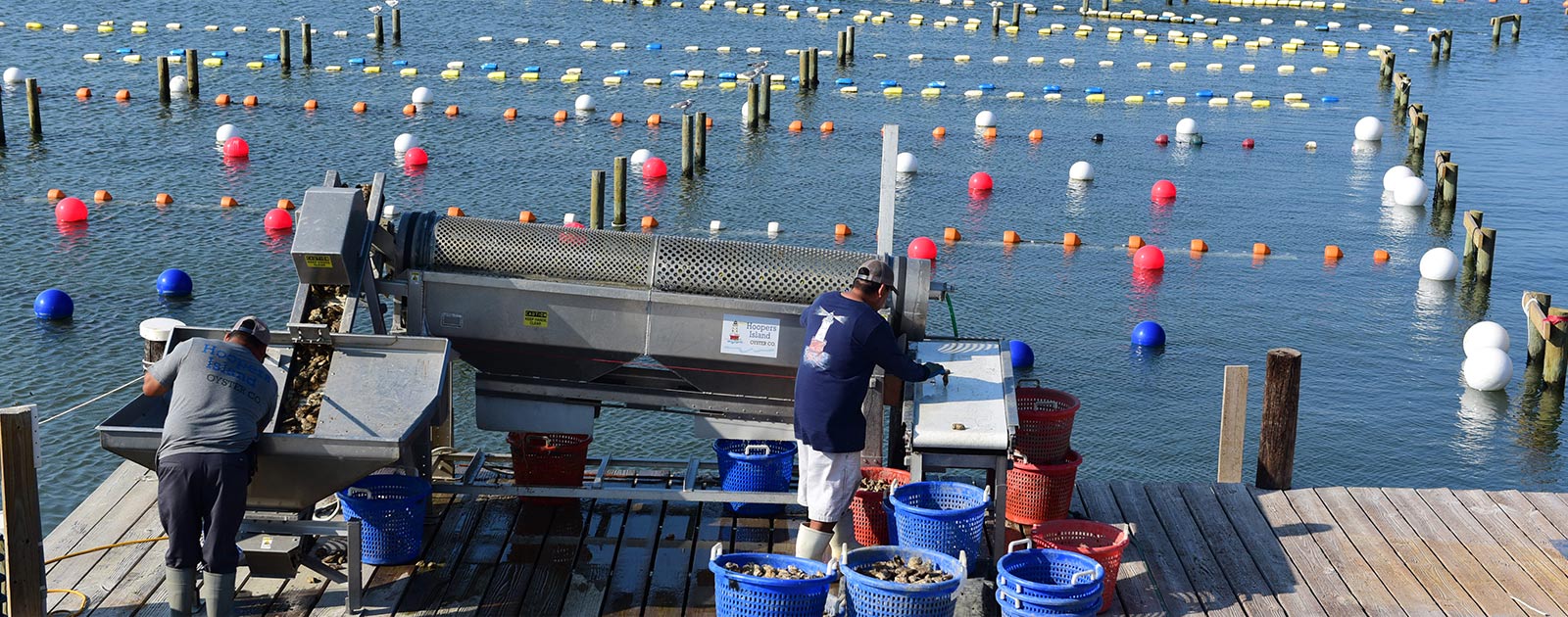Imagine a world where fish, a vital source of protein for billions, are harvested sustainably and efficiently, without straining wild populations. Thanks to the ever-evolving field of aquaculture, this vision is quickly becoming a reality. At the heart of this revolution lie a diverse array of specialized tools and equipment that are not only boosting production but also ensuring the long-term health of our oceans. Let’s embark on a journey to explore these innovative instruments that are transforming the way we cultivate fish and seafood.

Image: www.exportersindia.com
From the depths of the ocean to the controlled environments of land-based farms, aquaculture technology is a testament to human ingenuity. Understanding these tools and equipment is crucial for both those involved in the industry and consumers who want to make informed choices about the seafood they consume. This guide provides a comprehensive overview of 20 essential tools and equipment used in modern aquaculture, shedding light on their individual roles, advantages, and overall impact on the sector.
From Hatchery to Harvest: A Glimpse into the Tools of Aquaculture
1. Hatcheries: Nurturing the Next Generation
The life cycle of any farmed fish begins in a hatchery, a controlled environment where eggs are fertilized, incubated, and nurtured into larval stage. Hatcheries are equipped with specialized tanks, filtration systems, and feeding mechanisms to provide optimal conditions for the delicate young fish.
- Incubators: These containers simulate the natural environment of fish eggs, ensuring proper oxygenation and temperature for successful hatching.
- Larval Rearing Tanks: Designed to house larval fish as they transition from eggs to independent feeders, these tanks typically feature low-flow conditions and a constant supply of food.
- Microalgae Culture Systems: The foundation of a good hatchery diet, microalgae are grown in controlled environments to provide essential nutrients for young fish.
2. Fish Feed Manufacturing: Fueling Growth
A significant aspect of aquaculture is producing high-quality feed that meets the specific nutritional needs of different species. Fish feed mills, equipped with dedicated machinery, are responsible for creating pellets or other forms of feed that are both palatable and nutritionally balanced.
- Grinders: Used to pulverize raw materials like fishmeal, plant proteins, and other ingredients into a fine powder.
- Mixers: These large containers ensure uniform blending of ingredients, creating a homogeneous feed.
- Extruders: Specialized equipment that pushes a combination of powdered ingredients through a mold, creating pellets of specific sizes and shapes.
- Pellet Mills: Employed to produce pellets of various sizes, depending on the age and type of fish being fed.

Image: hoopersisland.com
3. Cages and Pens: Confined Growth, Open Possibilities
For certain species, open-water cages provide a relatively natural environment for growth. These structures, constructed from sturdy materials like netting and metal, are placed in coastal waters or lakes to promote the natural feeding behavior of fish.
- Net Cages: These cages, made of strong netting materials, allow water to flow freely while containing the fish.
- Floating Cages: Designed to be anchored to the seabed, these cages can be moved to optimize positioning for optimal feeding and water conditions.
- Submerged Cages: Immersed deeper in the water, these cages benefit from cooler temperatures and reduced exposure to wind and waves.
- Seine Nets: These nets are used to capture the fish within the cages for harvesting, ensuring a capture method that minimizes stress on the fish.
4. Tanks and Raceway Systems: Controlled Environments
Land-based aquaculture facilities utilize various enclosed tanks and systems to create optimized environments that mimic a natural ecosystem. These systems offer precise control over water conditions, temperature, and feeding regimes.
- Recirculating Aquaculture Systems (RAS): These closed-loop systems use a series of filters and bioreactors to clean and reuse water, minimizing the environmental footprint.
- Raceways: Long, narrow channels of flowing water that provide consistent water quality and allow fish to swim actively.
- Tanks: Various sizes and materials are used for different stages of fish production.
- Water Treatment Systems: Crucial for maintaining water quality, these systems remove waste and ensure optimal dissolved oxygen levels.
5. Monitoring Tools: Keeping Tabs on the Fish
Aquaculture relies on a continuous monitoring of fish health, water quality, and environmental conditions to ensure optimal growth and prevent disease outbreaks.
- Dissolved Oxygen Meters: These instruments measure the amount of oxygen dissolved in the water, essential for fish survival.
- pH Meters: Monitor the acidity or alkalinity of the water, which can affect fish health.
- Temperature Sensors: Provide real-time data on water temperature, ensuring fish are maintained in their optimal range.
- Acoustic Monitoring: Using sound waves, this technology allows for the non-invasive monitoring of fish populations, health, and behavior.
6. Feeding Systems: Delivering Nutrients Efficiently
Delivering food to fish in a timely and controlled manner is crucial for maximizing growth and minimizing waste. Specialized feeding systems ensure that each fish receives the right amount of nutrients, reducing the environmental impact of overfeeding.
- Automatic Feeders: These devices release pre-determined amounts of feed at set intervals, optimizing feeding schedules and minimizing waste.
- Feed Dispensers: Used for smaller-scale operations, these devices allow for manual distribution of feed with greater precision.
- Feed Blowers: These systems efficiently distribute feed across large areas, ensuring that all fish have access to food.
7. Harvesting Equipment: Efficiently Bringing Fish to Market
The final stage of an aquaculture cycle is the harvest, where the fish are carefully and humanely removed from their rearing environment to be processed and distributed.
- Seine Nets: Employed for harvesting fish from open-water cages, these nets strategically enclose the fish for efficient capture.
- Fish Pumps: These pumps gently move fish from tanks or cages to holding tanks or processing facilities.
- Sorting Machines: These machines efficiently sort fish based on size or weight, ensuring consistent quality and marketability.
- Kill Tanks: Used to humanely euthanize fish before processing, these tanks ensure a quick and painless end.
8. Cleaning and Maintenance: Maintaining a Healthy Environment
Aquaculture systems require regular cleaning and maintenance to prevent the build-up of waste, maintain water quality, and ensure the health of the fish.
- Vacuum Cleaners: Used to remove waste and debris from the bottom of tanks.
- Brush Cleaners: Utilized to scrub the sides and bottom of tanks, removing algae and other contaminants.
- Filtration Systems: Essential for removing waste and maintaining clean water, these systems vary in complexity depending on the scale of the operation.
9. Biosecurity Measures: Protecting Fish from Disease
Preventing disease outbreaks is a major priority in aquaculture. Implementing robust biosecurity measures is crucial to protect the fish and ensure a healthy and productive system.
- Disinfection Systems: Used to eliminate pathogens from water, these systems use UV light, chlorine, or other disinfectants.
- Biofilters: These systems utilize beneficial bacteria to break down harmful ammonia and other wastes.
- Diagnostic Labs: Providing rapid and accurate diagnosis for disease outbreaks, these labs are critical for implementing effective treatment and prevention measures.
10. Oxygenation Systems: Ensuring Adequate Oxygen Supply
Providing a sufficient oxygen supply is non-negotiable in aquaculture. Oxygenation systems ensure adequate oxygen levels for fish to thrive and grow.
- Air Pumps: These pumps deliver air into the water, increasing the dissolved oxygen levels.
- Oxygen Concentrators: These devices extract oxygen from the air, producing a high-concentration oxygen stream that can be injected into the water.
- Oxygen Sensors: These monitors constantly measure dissolved oxygen levels, alerting operators to potential shortages.
11. Water Treatment Devices: Maintaining Optimal Water Quality
Maintaining pristine water quality is central to aquaculture success. A range of specific water treatment devices ensure the water is free from harmful elements.
- Filtration Systems: Remove particulate matter, excess nutrients, and other contaminants from the water.
- Ultraviolet (UV) Sterilizers: Utilize UV light to disinfect water and kill harmful bacteria and parasites.
- Ozone Generators: Generate ozone, a powerful oxidizer that eliminates contaminants and improves water quality.
12. Automation Systems: Streamlining Operations
Modern aquaculture farms are increasingly embracing automation to improve efficiency, reduce labor costs, and enhance control over various aspects of production.
- Automated Feeding Systems: Pre-programmed systems can automatically dispense feed based on the fish’s size, growth stage, and environmental conditions.
- Water Quality Monitoring Systems: These systems provide real-time data on water parameters, allowing for adjustments in the system to optimize conditions.
- Robotic Cleaning Systems: Used to clean tanks and other structures, reducing manual labor and minimizing the risk of human error.
13. Aquaculture Data Management Systems: Harnessing Big Data
The increasing sophistication of aquaculture relies heavily on data collection and analysis to improve decision-making and optimize production processes.
- Sensors and Loggers: Collect data on a wide range of parameters, such as water quality, fish health, and feeding patterns.
- Data Management Software: Processes and analyzes large volumes of data, allowing for informed decisions regarding feeding, water treatment, and other aspects of fish production.
14. Hydroponic Systems: Growing Feed Within the System
Integrating hydroponic systems into aquaculture can offer a highly efficient and sustainable solution for producing fish food.
- Hydroponic Farms: Grow plants like algae and seaweed in a controlled environment, providing a high-quality and readily available source of fish feed.
15. Fish Transport Vehicles: Safely Moving Live Fish
Moving live fish from the farm to processing facilities or markets requires specialized vehicles designed to maintain optimal conditions.
- Live Fish Transport Trucks: Equipped with tanks and aeration systems to ensure fish remain healthy during transit.
16. Fish Processing Plants: Transforming Catch into Products
After harvest, fish undergo further processing to transform them into various market-ready products.
- Filleting Machines: Efficiently remove the fillets from fish.
- Packaging Machines: Seal fish in various types of packaging for distribution.
17. Aquaculture Engineering: Designing Efficient Systems
Aquaculture engineers play a pivotal role in designing and developing efficient and sustainable aquaculture systems.
- Computer-Aided Design (CAD) Software: Used to create detailed plans and simulations of aquaculture structures and equipment.
18. Aquaculture Research and Development: Driving Innovation
Continuous research and development are essential for advancing aquaculture practices.
- Research Laboratories: Conduct studies to develop new fish feed formulas, improve breeding techniques, and understand fish behavior and disease resistance.
19. Renewable Energy Systems: Powering Sustainable Operations
Aquaculture farms are increasingly adopting renewable energy sources to power their operations with a reduced environmental footprint.
- Solar Panels: Capture solar energy to generate electricity for powering lighting, pumps, and other systems.
- Wind Turbines: Utilize wind energy to generate electricity for aquaculture facilities.
20. Aquaculture Software: Managing Data and Operations
Aquaculture software programs streamline various aspects of farm management, from record keeping to monitoring and analysis.
- Farm Management Software: Track fish inventory, feeding schedules, water parameters, and other important data.
- Financial Management Software: Track expenses, income, and profitability for improved decision-making.
20 Tools And Equipment Used In Aquaculture
The Future of Aquaculture: A Sustainable and Efficient Path
The tools and equipment discussed above represent only a fraction of the innovations shaping the future of aquaculture. As the industry continues to evolve, we can expect even more advanced technologies to emerge, further driving efficiency, sustainability, and responsible production. By adopting these innovations, the global aquaculture sector is poised to play a vital role in feeding a growing population while ensuring the health of our oceans for generations to come.
This journey into the world of aquaculture tools and equipment provides a glimpse into the fascinating array of innovations that drive this vital industry. As you navigate the world of seafood choices, remember the remarkable strides in technology that are shaping a future where sustainable aquaculture meets the growing demand for seafood while safeguarding our marine ecosystems for generations to come.






